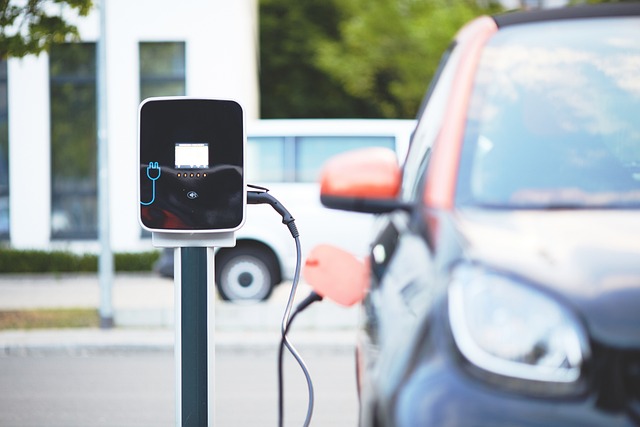Hydrogen Fuel Cell Vehicles: The Next Frontier in Clean Transportation
In a world increasingly focused on sustainable transportation, hydrogen fuel cell vehicles (FCVs) are emerging as a promising alternative to traditional combustion engines. This cutting-edge technology harnesses the power of hydrogen to propel vehicles, offering zero-emission transportation with the convenience of quick refueling. As automakers and governments alike invest in hydrogen infrastructure, FCVs are poised to play a crucial role in the future of mobility.

How Fuel Cells Work
At its core, a hydrogen fuel cell is an electrochemical device that converts the chemical energy of hydrogen into electrical energy. The process begins when hydrogen gas enters the anode side of the fuel cell. Here, a catalyst separates the hydrogen molecules into protons and electrons. The protons pass through a membrane to the cathode side, while the electrons are forced to travel through an external circuit, creating an electric current that powers the vehicle’s motor.
Advantages of Hydrogen Fuel Cell Vehicles
One of the most significant advantages of FCVs is their quick refueling time. Unlike battery electric vehicles that can take hours to charge, hydrogen vehicles can be refueled in a matter of minutes, similar to conventional gasoline-powered cars. This makes them particularly attractive for long-distance travel and commercial applications where downtime is costly.
Environmental Impact and Efficiency
From a environmental standpoint, FCVs offer a compelling solution to reduce transportation-related emissions. When powered by green hydrogen – produced using renewable energy sources – these vehicles have a minimal carbon footprint. Additionally, fuel cells are highly efficient, converting up to 60% of the energy in hydrogen to electricity, compared to the 20-35% efficiency of internal combustion engines.
Challenges and Infrastructure Development
Despite their potential, FCVs face several challenges. The most significant hurdle is the lack of hydrogen refueling infrastructure. Building a network of hydrogen stations requires substantial investment, and the chicken-and-egg problem of vehicle adoption versus infrastructure development has slowed progress. However, several countries, including Japan, Germany, and South Korea, are making significant strides in expanding their hydrogen networks.
Safety Considerations
Safety is a paramount concern with any new automotive technology, and hydrogen is no exception. Critics often point to the flammability of hydrogen as a potential risk. However, extensive research and rigorous safety standards have addressed these concerns. Modern hydrogen tanks are designed to withstand extreme conditions, and multiple fail-safe mechanisms are integrated into FCV systems to prevent leaks and manage potential hazards.
The Role of Materials Science
Advancements in materials science play a crucial role in improving FCV performance and reducing costs. Researchers are developing new catalysts to enhance fuel cell efficiency and durability while reducing the reliance on expensive precious metals like platinum. Novel membrane materials are also being explored to improve proton conductivity and extend the lifespan of fuel cell stacks.
Integration with Smart Grid Systems
As the world moves towards smarter, more interconnected energy systems, FCVs have the potential to play a dual role as both transportation and energy storage units. In times of high renewable energy production, excess electricity can be used to produce hydrogen through electrolysis. This hydrogen can then be stored and used later to generate electricity during peak demand periods, effectively turning FCVs into mobile power plants.
Global Adoption and Policy Support
Several countries are taking the lead in FCV adoption, recognizing their potential to reduce emissions and enhance energy security. Japan, in particular, has set ambitious targets for FCV deployment and hydrogen infrastructure development. The Tokyo Olympics, originally scheduled for 2020, was intended to showcase Japan’s hydrogen society vision, with plans for hydrogen-powered athlete villages and transportation fleets.
Future Prospects and Industry Collaboration
The future of FCVs relies heavily on collaboration between automakers, energy companies, and governments. Joint ventures and partnerships are forming to share the costs and risks associated with developing this technology. As production scales up and technology improves, the cost of FCVs is expected to decrease, making them more competitive with conventional vehicles.
In conclusion, hydrogen fuel cell vehicles represent a compelling vision for the future of clean transportation. While challenges remain, particularly in infrastructure development and cost reduction, the potential benefits of this technology are driving continued investment and innovation. As we move towards a more sustainable transportation landscape, FCVs are likely to play an increasingly important role alongside other clean energy solutions.





